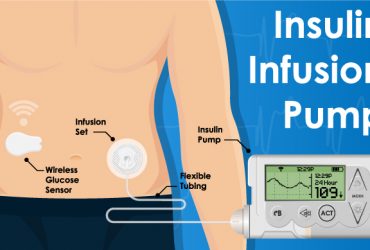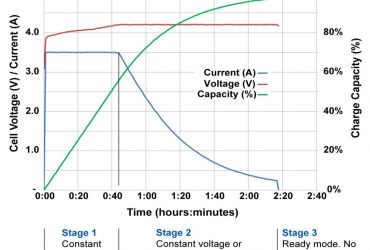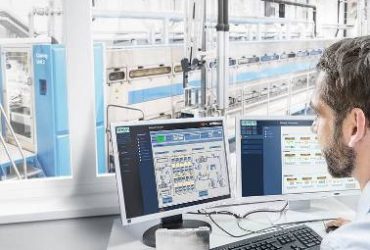Commentary contributed by Anton Beck, Battery Product Manager, Epec Engineered Technologies
February 1, 2018 | The Internet of Things, or IoT, is a buzzword of sorts. However, it is one that describes devices, appliances, vehicles and other products that are network connected so that they can exchange data with one another or with a central communications device. Some common devices include smart thermostats, wearable step counters, and certain wireless home speaker systems. Each “thing” operates independently, such as a garage door opener which works to open and close the garage door–however, it also interoperates with the Internet infrastructure, such as by this same opening device allowing you to control the opening and closing from miles away instead of using the standard opener from the end of your driveway. According to IHS Markit, experts estimate that the Internet of Things will include around 30.7 billion objects by the year 2020. Read more about New Technology Enables Next-Gen Portable Battery Operated IOT Devices …













